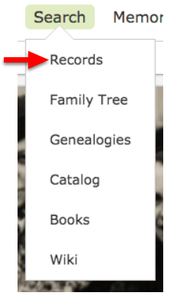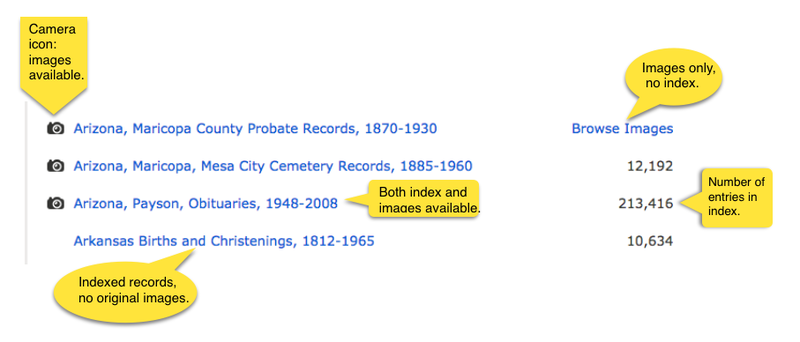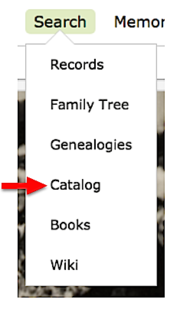Locating Online Databases Part Two: FamilySearch Historical and Library Records
In the last decade, there has been a literal explosion in the availability of online genealogy records. This article will explain methods for locating online records in Family Historical Records and the Family History Library.
- For using the FamilySearch Wiki to find online records, see Part One.
- For online digitized books, see Part Three.
- For internet searches for online records, see Part Four.
Warning Tips[edit | edit source]
First, here are some warnings to consider.
Complete or incomplete?[edit | edit source]
In some cases, the database shows a complete copy of all the existing or known records in a collection. However, in many cases
- 1) the collection is still being digitized and uploaded. The uploading is a work in progress.
- 2) the collection is fully digitized, but only partially indexed. The index is a work in progress.
- 3) the original collection is still being gathered and will eventually be digitized, uploaded, and indexed. The collection is a work in progress.
It is important to read any descriptive notes about the collection. If it is incomplete, you will want to study the source again from time to time until you can determine that the project is finished.
Index, index and images, images only?[edit | edit source]
Some databases show digitized copies of original documents. Some databases are indexes of genealogical data found in documents. Some databases have indexed a collection of documents and linked the index entry to the digitized image of the document named. Warning! Every time information is copied into an index, abstract, or extract there is a chance of human error. An index may speed up location of a desired record. However, if the indexer misread or mistyped an entry, dependence on an index can result in missing a valuable record or greater details found in an original record. Always study the original source. Look at the digitized copy linked by the index. Browse the original source in the appropriate time period or section where you would expect to find your record, whenever possible.
FamilySearch Historical Records[edit | edit source]
FamilySearch is actively involved in acquiring records from all over the world, digitizing them, and indexing them.
Searching the Historical Records Holdings[edit | edit source]
|
To search these records, click on "Search" at the top of this page and select "Records" from the drop-down menu. From the "Search Historical Records" page, you will have several options for entering search choices:
|
Reading the Records List[edit | edit source]
| Your choices will then bring up a list of
FamilySearch Historical Records. |
| The Maricopa County, Payson, and Mesa City records collectios shown here are examples of the typical lower jurisdiction records that would not be listed on the Arizona Online Genealogy Records page. This is one example of why you should search the other sources described in this article and not depend completely on the Online Genealogy Records pages. |
[edit | edit source]
FamilySearch or Family History Library Catalog: Online Records[edit | edit source]
The FamilySearch or Family History Library is gradually digitizing its microfilm and printed records, as permission is granted from the authors of the records. Hopefully, this process will be completeed in 2020. Check back from time to time to see if new records are available.
![]() Be sure to search each jurisdiction level: country, state, county, city, parish.
Be sure to search each jurisdiction level: country, state, county, city, parish.
1. At the top of this page, choose "Catalog" from the drop-down "Search" menu.
2. Fill in the search field with your locality details, and select "Online".
3. Choose a record category. Select a record by title. A more detailed description of the record will appear. Online digital records will be indicated in two ways:

Definitions of icons in film notes: ![]()
4. If you receive this message, you will be unable to read the records on your personal computer. You will be able to read the records at a Family History Center.








